In the ever-evolving landscape of water and wastewater utilities, challenges such as data accessibility, data quality, and accuracy in vertical asset management are common. Coupled with the need for effective model maintenance, data integration at the plant level, and enhanced visibility of assets, these challenges demand innovative solutions.
Modernizing the visual representation of assets, incorporating intelligence behind the data, and leveraging the value of a connected Utility Network (UN) model are crucial steps forward. This blog explores how these innovations can empower water and wastewater utilities to tackle their most pressing challenges.
Addressing Key Challenges with Innovation
Many water and wastewater utilities grapple with aging infrastructure that necessitates frequent maintenance and replacement. This often results in constant data updates, making it imperative to have systems in place that can handle such dynamic changes efficiently.
Data Accuracy & Integration
Ensuring accurate and up-to-date data on asset conditions, locations, and specifications is vital for cohesive asset management procedures. High-quality data integration at the plant level ensures that all stakeholders have a clear and precise understanding of the asset landscape, enabling better decision-making and operational efficiency.
For operators to facilitate efficient use and minimize errors, asset management applications and systems must be user-friendly. Simplified interfaces and intuitive design are key to ensuring that these tools are effectively utilized by the workforce.
Developing and maintaining effective emergency response plans for issues such as leaks, contamination, or equipment failures is crucial but challenging. Having real-time visibility and the ability to quickly identify impacted assets and customers during outages can significantly enhance response times and mitigate damages.
Incorporating new technologies, such as SCADA systems, into existing frameworks can streamline operations and provide real-time monitoring and control. This integration is essential for modern water and wastewater utilities aiming to stay ahead in a competitive and technologically advanced environment.
The shortage of skilled labor and the time-consuming, expensive process of training new staff on complex systems and technologies are ongoing issues. Investing in user-friendly technologies and providing comprehensive training programs can help bridge this gap and ensure a competent workforce.
Maintaining and improving operational efficiency while managing diverse assets, including treatment plants, pumps, and storage facilities, is a constant goal. Implementing advanced asset management systems and practices can help utilities optimize their operations and reduce inefficiencies.
Limited Financial Resources
Budget constraints often limit the ability to invest in new technologies. However, leveraging existing systems or extending current systems can be a viable model to optimize asset management procedures without significant financial outlay.
The Power of a Connected UN Model
The value of a connected Utility Network (UN) model lies in its ability to provide a comprehensive and integrated view of all assets. In the event of outages, this model allows for easy identification of impacted assets and customers, facilitating quicker and more effective responses.
Example of a Reference Architecture for Vertical Asset Management: GEAR
GEAR is a user-friendly GIS Enabled Asset Registry designed specifically for managing vertical assets that are included in the Utility Network. GEAR is ideal for asset managers without GIS experience, simplifying the management of vertical assets in a Utility Network. Leveraging the 3D capabilities of the Utility Network data model, GEAR offers a digital twin interface for comprehensive management of vertical assets. GEAR is specifically tailored for water and wastewater utilities, seamlessly integrating with GIS-centric asset management solutions that are compatible with utility networks. GEAR also enables GIS experts to work directly with non-GIS experts who are responsible for managing the vertical assets.
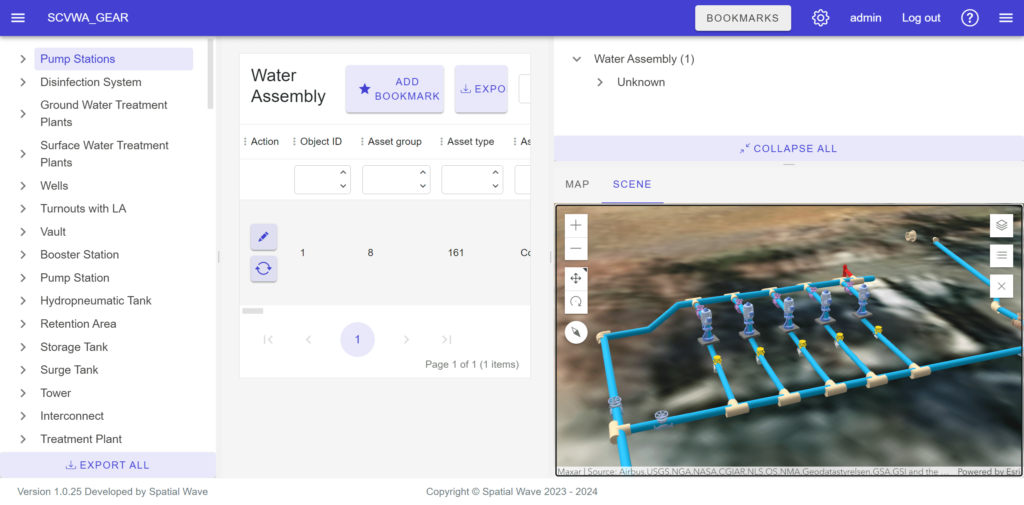
GEAR includes capabilities to display vertical assets in 2D and 3D formats. Interactive features in GEAR allow users to select assets via 2D or 3D views and see their selection reflected across all interfaces, enhancing navigation and visualization. This capability allows users to quickly navigate to areas of interest and view the vertical assets of interest. If the vertical asset is related and does not have geometry, it can be navigated to the main GEAR tabular interface. GEAR supports updating existing assets, adding new non-GIS but related assets, and replacing existing assets (with GIS geometry) in place, such as replacing an existing pump at a booster station.
To start using GEAR, we first expand your Utility Network data model to incorporate vertical assets into your asset registry. Once the setup is complete, connect GEAR to the designated branch version of your Utility Network, preparing it for user operations. Any modifications made by GEAR users undergo quality assurance review before being transferred to the Utility Network’s default version, which maintains the most current, approved state of the data.
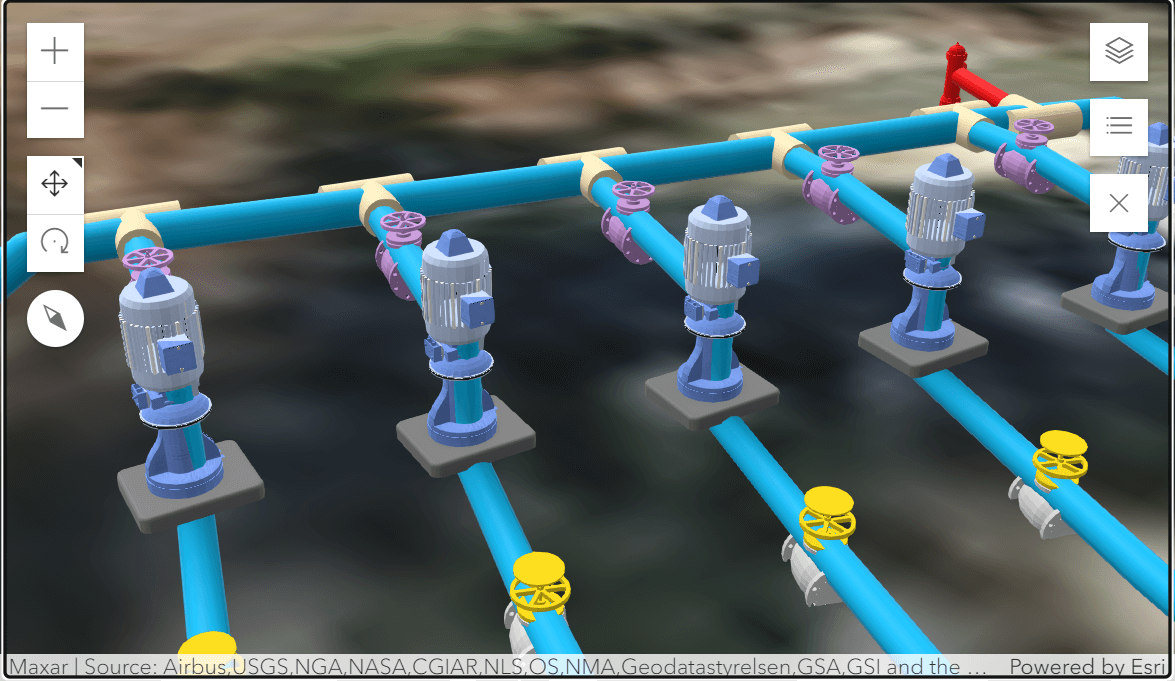
For the Utility Network to fully utilize GEAR, you must be registered as an Esri named user with editing capabilities. If your role is set to a viewer, you can still use GEAR to connect to the Utility Network and access the vertical assets for browsing purposes. Additionally, GEAR is a central hub to integrate related data such as engineering drawings, SCADA data, and asset management records, enhancing your asset management strategy.
Innovative solutions are essential for water and wastewater utilities to tackle the myriad challenges they face. By focusing on data accuracy, technology integration, user-friendly applications, and operational efficiency, utilities can significantly enhance their performance and service delivery. The connected UN model exemplifies how modernized asset management can empower utilities to respond swiftly to emergencies, optimize operations, and manage financial resources more effectively. Enabling Utility Network to support vertical assets using GEAR is an innovative technology provide a digital twin for the utility managers.
Stay tuned for more insights.
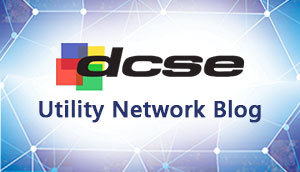

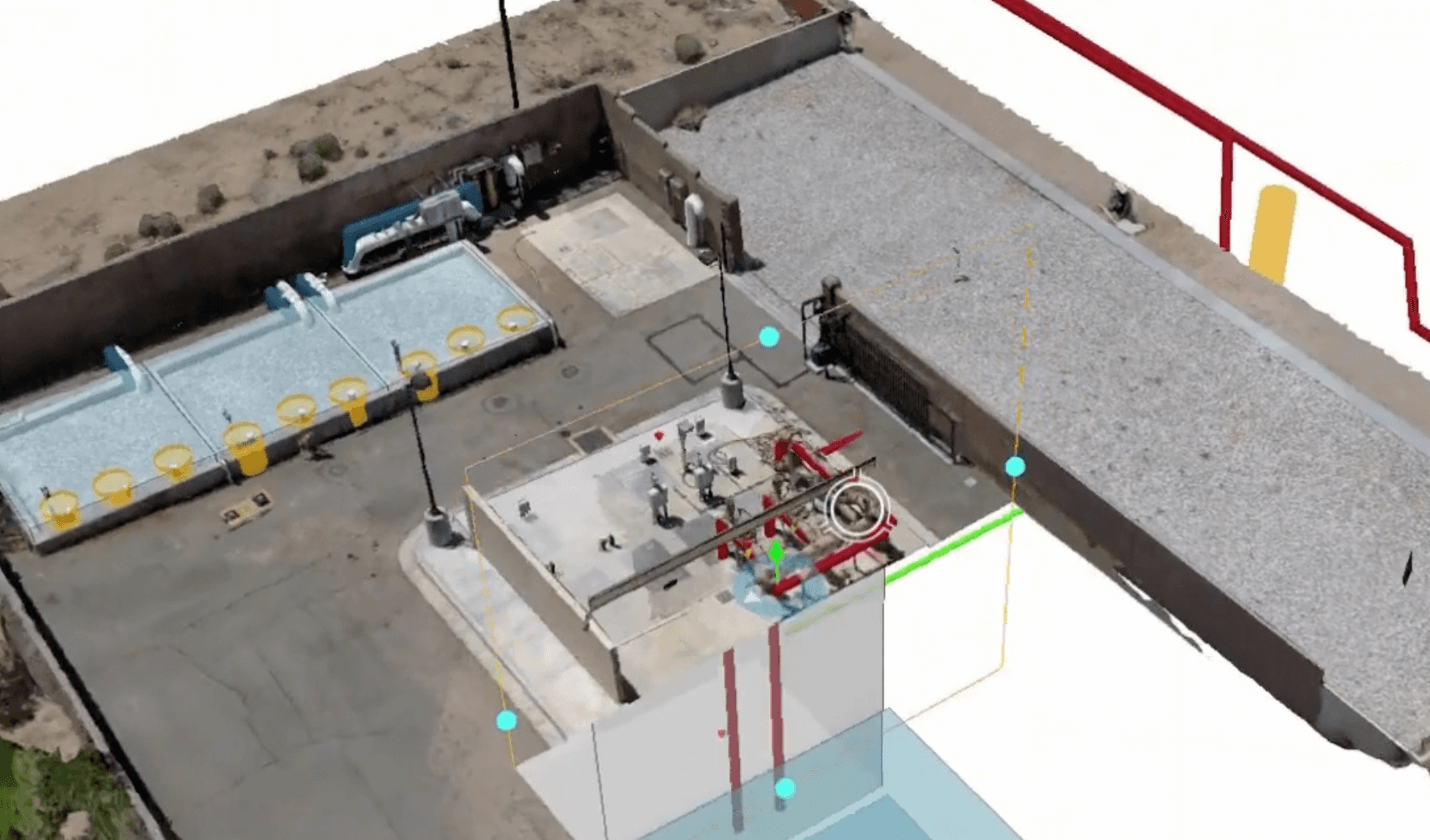



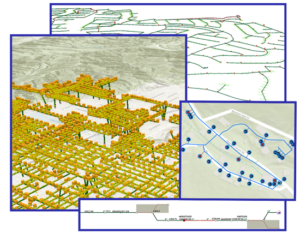
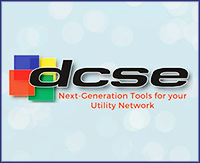
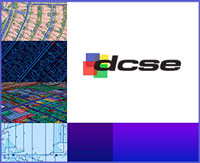
0 Comments